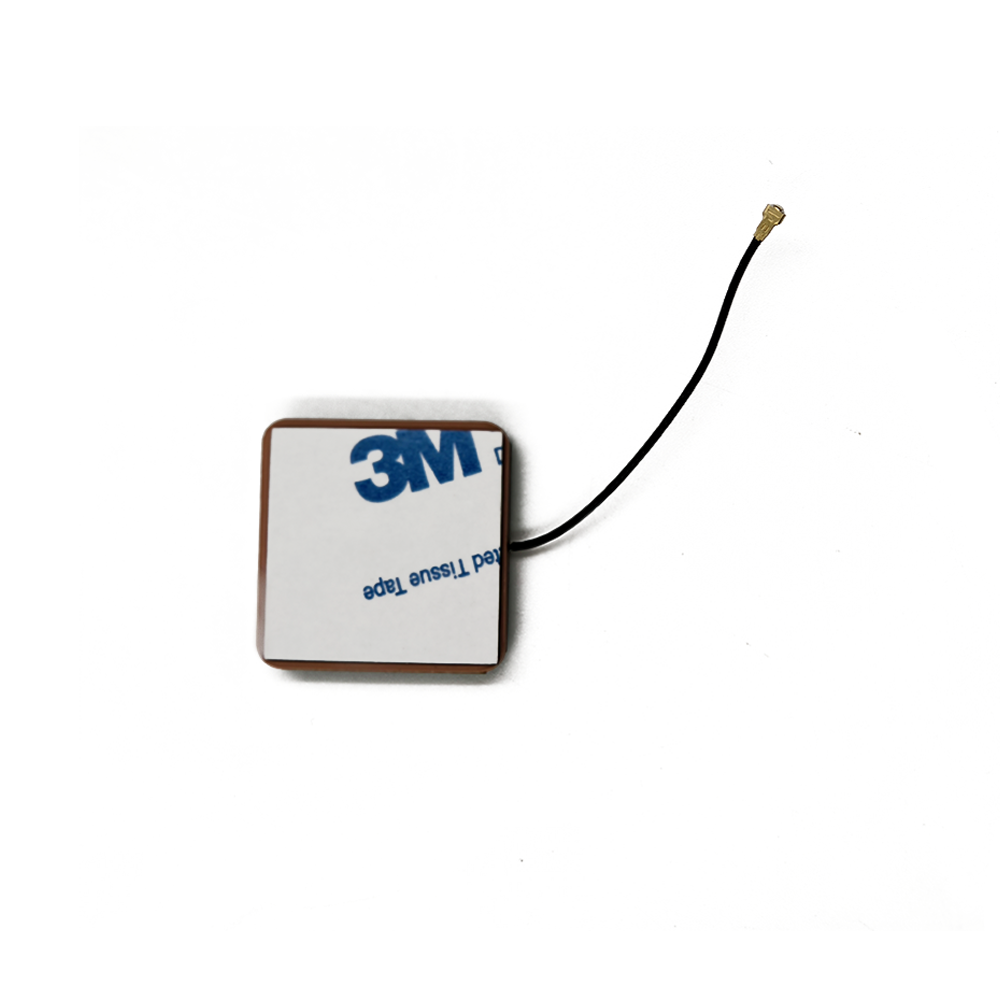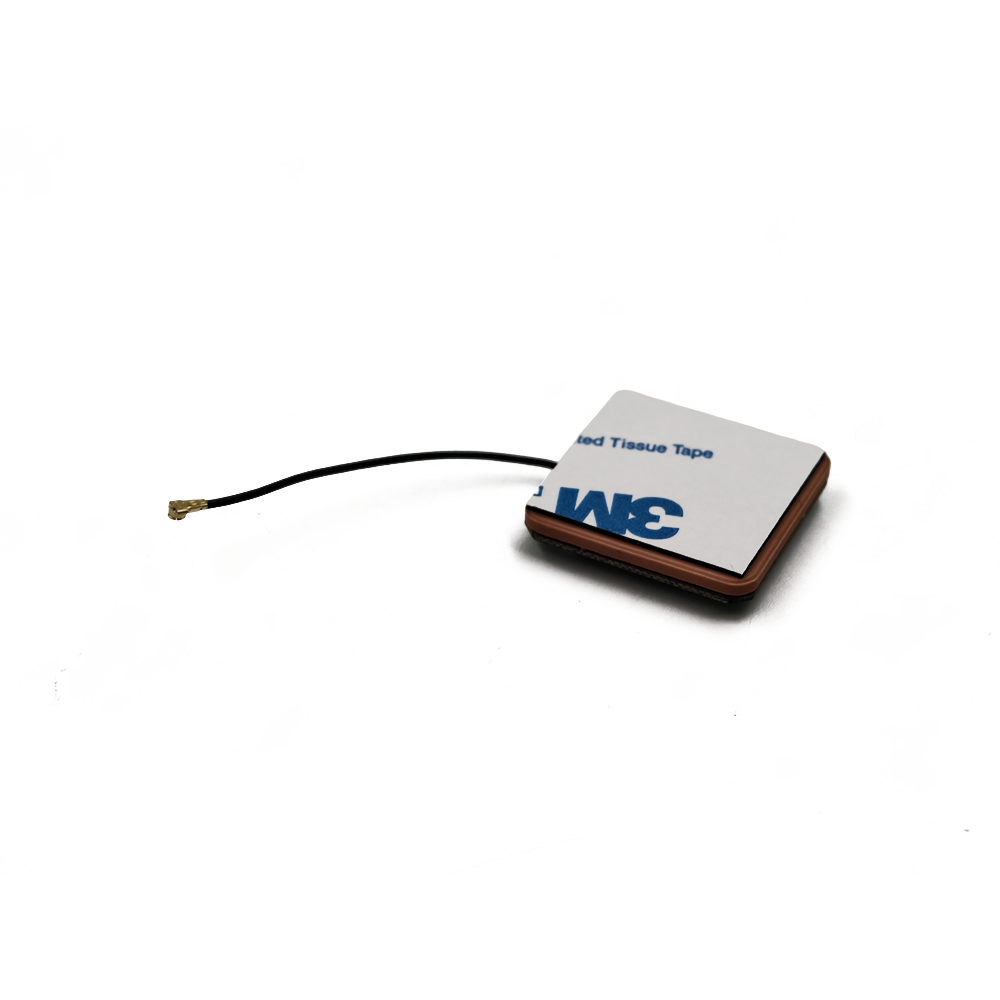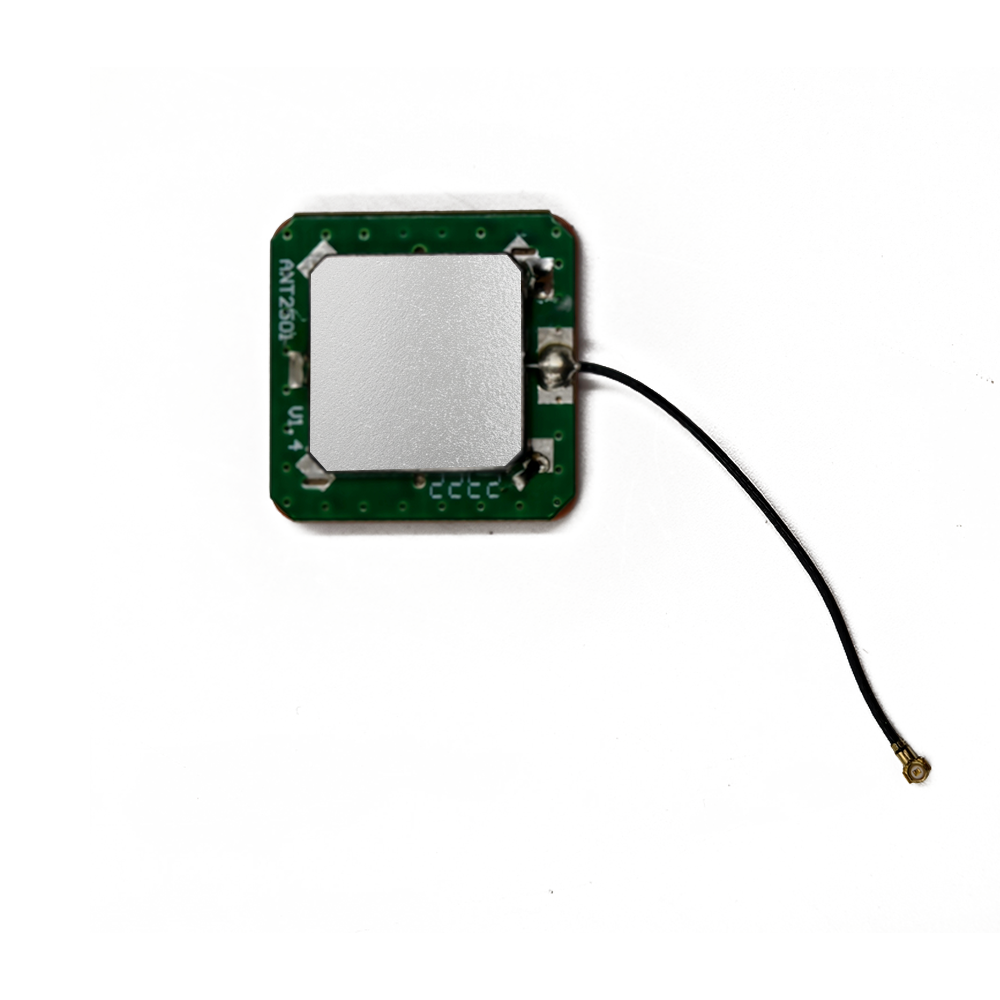Applications
Active GNSS ceramic antennas have a diverse range of applications across multiple industries. In the consumer electronics sector, they are an integral part of smartphones, tablets, and smartwatches. These devices rely on accurate GNSS positioning for various functions, including navigation, location - based services (such as finding nearby restaurants, shops, or points of interest), and fitness tracking (tracking running or cycling routes). The compact size and high performance of the antennas enable seamless integration into these devices, providing users with precise location information.
In the automotive industry, active GNSS ceramic antennas are used in in - vehicle navigation systems, ADAS, and autonomous driving applications. They help vehicles accurately determine their position on the road, which is essential for features such as turn - by - turn navigation, traffic monitoring, and collision avoidance. In autonomous vehicles, the accurate and reliable positioning provided by these antennas is crucial for safe and efficient operation, enabling the vehicle to navigate complex road scenarios and interact with other vehicles and infrastructure.
In aviation, active GNSS ceramic antennas are employed for navigation, approach guidance, and surveillance. They provide pilots with accurate position information, which is vital for safe flight operations, especially during takeoff, landing, and in adverse weather conditions. In the marine industry, these antennas are used for navigation, helping ships and boats to determine their position accurately, avoid hazards, and navigate safely in both coastal and open - sea environments.
In surveying and mapping, active GNSS ceramic antennas are used to precisely measure positions on the Earth's surface. Surveyors rely on these antennas to create accurate maps, determine property boundaries, and monitor changes in the landscape over time. The high accuracy and reliability of the antennas make them indispensable tools in the surveying and mapping industry. Additionally, in the IoT sector, active GNSS ceramic antennas are used in various applications, such as asset tracking, where the location of valuable assets (such as containers, vehicles, or equipment) needs to be monitored in real - time.
Future Trends
Looking ahead, several future trends are expected to shape the development of active GNSS ceramic antennas. One prominent trend is the integration of multiple satellite navigation systems. As more GNSS constellations become operational, future antennas will be designed to receive signals from multiple systems simultaneously, such as GPS, GLONASS, Galileo, and BeiDou. This multi - GNSS integration will provide greater redundancy and enhanced accuracy, especially in areas where signals from a single system may be weak or unavailable.
Miniaturization will continue to be a key trend. With the advancement of technology, there will be a push to make active GNSS ceramic antennas even smaller and more energy - efficient. This will enable their integration into a wider range of devices, including tiny IoT sensors, micro - drones, and implantable medical devices. New materials and manufacturing techniques will be developed to achieve further miniaturization without sacrificing performance.
The integration of artificial intelligence (AI) and machine learning (ML) with active GNSS ceramic antennas is an emerging trend. AI and ML algorithms can be used to optimize the performance of the antenna, adapt to changing environmental conditions, and improve signal processing in the presence of interference. For example, AI can analyze real - time data from the antenna and other sensors to predict and mitigate the effects of interference, enhancing the overall accuracy and reliability of the positioning system.
There is also a growing interest in using active GNSS ceramic antennas for indoor positioning. While traditional GNSS is mainly effective outdoors, researchers are exploring ways to adapt the technology for indoor environments, such as shopping malls, airports, and office buildings. Active GNSS ceramic antennas, with their advanced signal processing capabilities, may play a crucial role in developing accurate indoor positioning systems for applications like wayfinding, asset tracking, and indoor navigation.
Conclusion
In conclusion, active GNSS ceramic antennas have become indispensable components in modern positioning systems, offering a remarkable combination of high performance, compact size, and durability. Their ability to capture, amplify, and filter weak satellite signals makes them essential for a wide range of applications across multiple industries, from consumer electronics to aviation, marine navigation, surveying, and the IoT.
However, the challenges associated with electromagnetic interference, power consumption, and cost need to be addressed to further promote their widespread adoption. Overcoming these challenges will require continuous innovation in design, materials, and manufacturing processes, as well as the development of new technologies and algorithms.
Looking to the future, with the emergence of trends such as multi - GNSS integration, further miniaturization, the integration of AI and ML, and indoor positioning applications, active GNSS ceramic antennas are poised to play an even more significant role in the evolution of positioning technology. As these trends develop, these antennas will continue to enhance the accuracy, reliability, and functionality of positioning systems, opening up new possibilities for a wide range of industries and applications, and contributing to the advancement of a more connected and intelligent world.




































































 Language
Language
 En
En Cn
Cn Korean
Korean

 Home >
Home > 







 18665803017 (Macro)
18665803017 (Macro)













